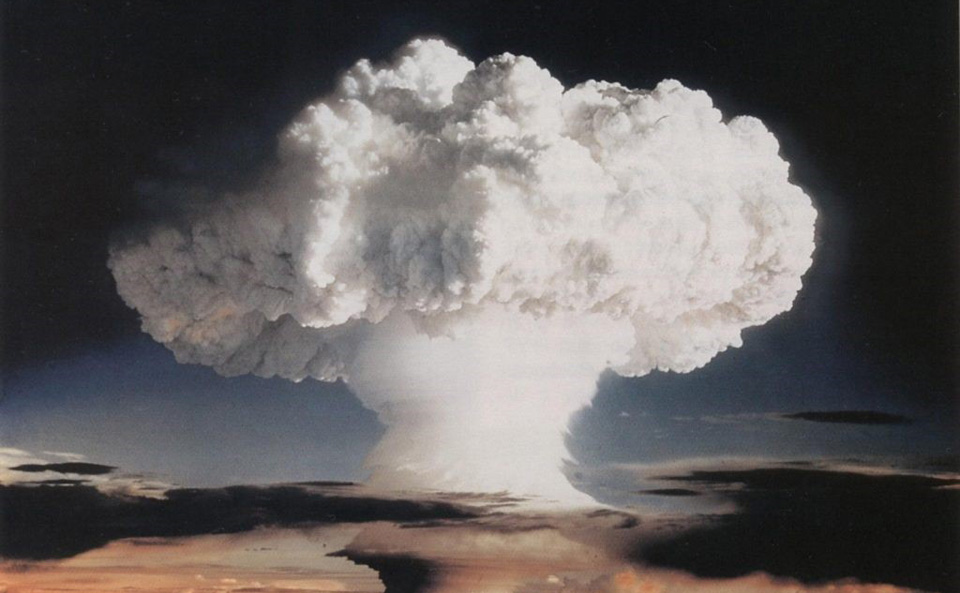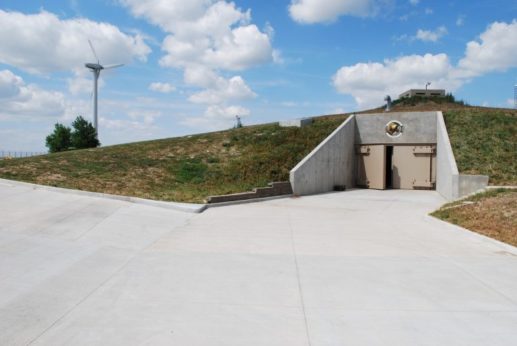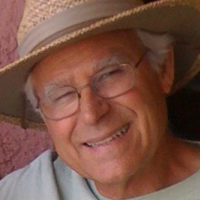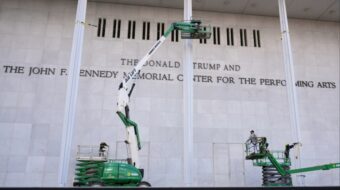
Maybe they’ve been watching too many dystopian movies about the end of civilization as we know it. Or perhaps they feel the anxiety other people feel about social instability in the country. They may think nuclear war a high probability or that climate change disasters are inevitable. But while you and I fret over these apocalyptic scenarios, the super-rich are planning their survival. Even as the nation suffers a coast-to-coast housing crisis, they are investing in “safe” places to live.
The federal government began doomsday preparations as far back as the 1940s, when they started construction on an underground military command center in the mountains of Pennsylvania. Nuclear bunkers in Virginia and Colorado were also constructed. So even if the country did not physically survive, as Garrett Graff wrote in a book on this subject, at least the “idea” of America would—or some such strange notion.
Civilians explored their own options, beginning with the 1950s fad of backyard bomb shelters. But now the really rich—from New York to Silicon Valley to Florida—are spending millions of dollars preparing for the worst. One developer offers $3 million condos in Kansas built inside a decommissioned missile silo. The units come equipped with “state-of-the-art technologies,” walls covered with the outdoor scenes of your choice, a five-year perpetual food system and a self-contained source of electricity and water. The whole thing is guarded by a 24-hour crew of guys with automatic weapons.
The concept works like this: Whatever disaster you imagine still provides enough time to get from wherever you happen to be at the moment—whether vacationing on a yacht in the Caribbean or making investments from your home office in the hills above Palo Alto—to your protected, underground refuge where you and your family will be safe.
The developer who picked a silo to refurbish decided it should be no more than 30 minutes from the nearest airport. So the rich can fly there in their private planes and easily motor to the site. Imagine that a mogul gathers his family and gets through the chaos of local traffic, boards his plane, and his private pilot—who either brings or sacrifices his own family—flies them from, say, Santa Monica airport to Salinas, Kansas. Despite the crisis, there’s enough fuel for the plane, air traffic controllers operate as usual, and the airports still function. Local gas station owners still sell enough gas—at whatever the price—for your SUV to reach the shelter.
Some super-rich have seen the problems with this scenario and learned to ride motorcycles to circumvent the problems of traffic, fuel and general chaos.
The shelter itself comes equipped with all the things people need to survive: entertainment, the illusion of the outdoors, a workout room, a “dog park,” water and electricity. According to the advertising, it’s self-contained. No dependence on outside services. These systems have been designed to not break down or need repair for the duration. Safe, secure, insular.
Outside, the guards faithfully show up every day and keep the armed vigilantes and refugees from raiding the site. They willingly surrender their own families and endure the hardships of whatever chaos to protect the rich in their perfect silo.

Of course these special super-rich families will need to give up some conveniences. Deliveries, even by drone, will likely not arrive. Undocumented immigrants will not be available to clean, cook, or provide child care. News and crisis updates may be hard to get. Haircuts and manicures will likely be impossible. Clean, pressed clothes—the list of services these people will lose goes on. Oh, and unless there’s a doctor or a dentist who have also bought into your silo, medical care could be a problem.
People who have managed to achieve such a level of wealth—however lucky to be in the right place at the right time—are not naïve. They must know that however comfortable and secure their escape, nothing has prepared them to survive catastrophic disaster any more than the rest of us. Only an arrogance that diminishes and disparages working people could so obscure the reality of existence under such circumstances. Otherwise, how could they ignore other human beings just to save themselves?
There have been other times in this country’s history that challenged our sense of survival. But a different ethic prevailed: We’re all in this together, people said to one another. They thought we should face the crisis as a community, as a people, because they knew that at every step our lives intersect with others, depend upon others—especially people we cannot see and likely do not know.
Maybe the difference now is that too many of the super-rich—maybe too many of all of us—believe a myth of the movies: that one guy with a gun and enough money can survive anything.
Reprinted by permission of the author and Capital & Main. Copyright Capital & Main.









